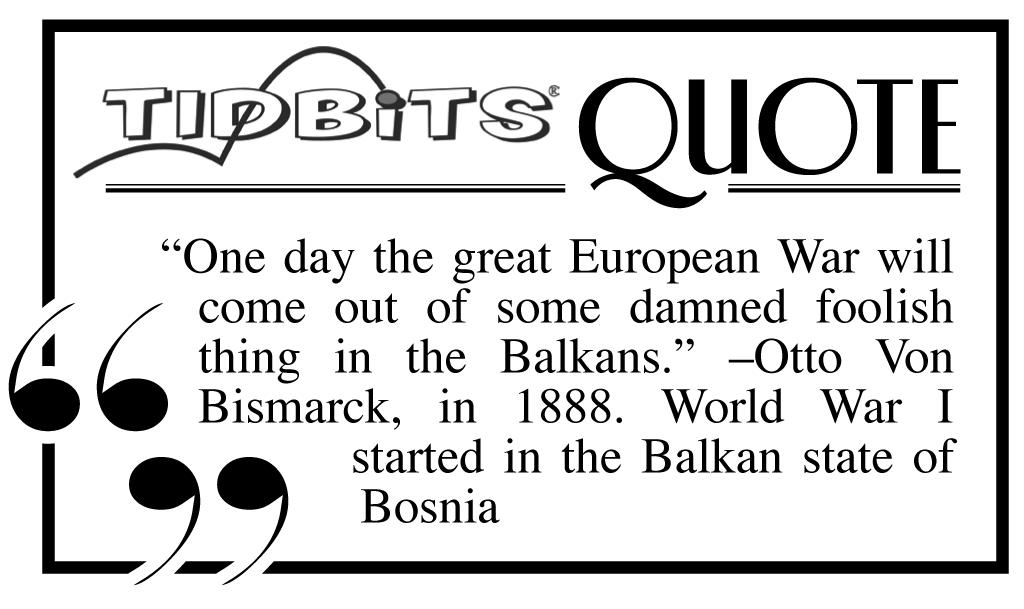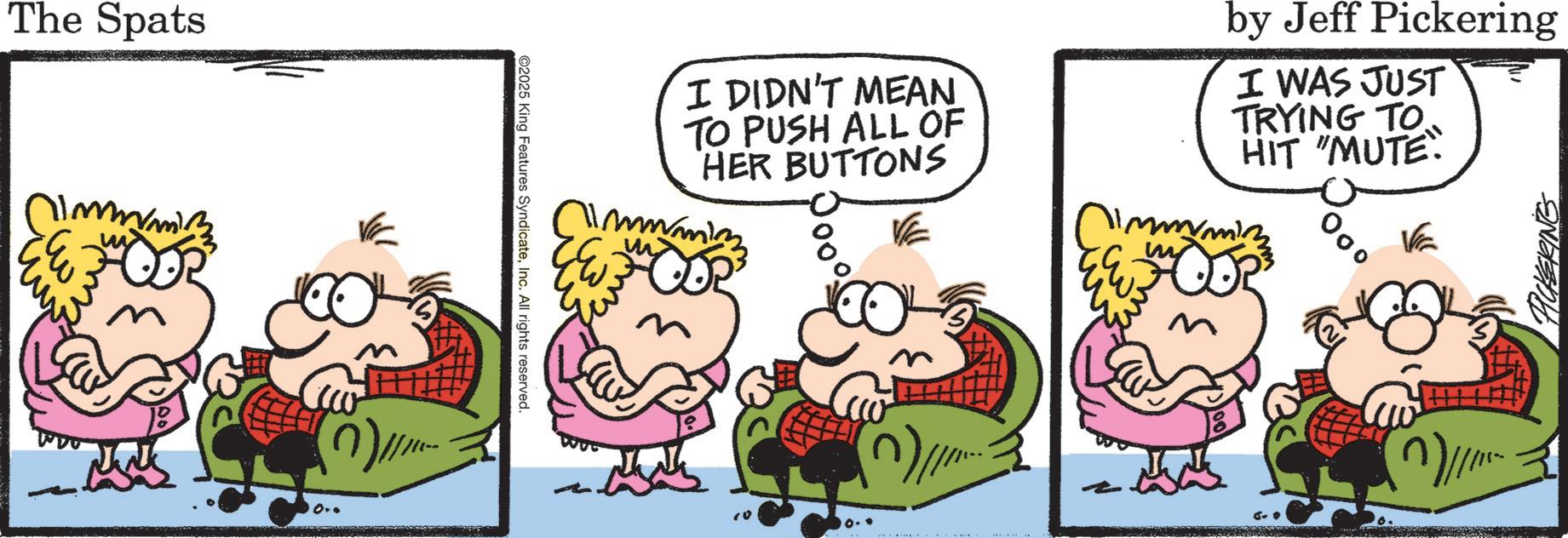

The Neatest Little Paper Ever Read
TIDBITS® HAS THE LAST LAUGH TOLD YA SO



by Janet Spencer
Come along with Tidbits as we consider people whose predictions came true against all odds! IT’S NOT
AGERM
• In the early 1900s, Dr. Joseph Goldberger worked for the Public Health Service. He was asked to find out what caused a disease called pellagra. At the time, it was thought the illness was contagious, spread through contaminated water. Goldberger noticed that prisoners came down with pellagra but not guards, sailors but not captains, orphans but not nuns. He suspected it was the diet.

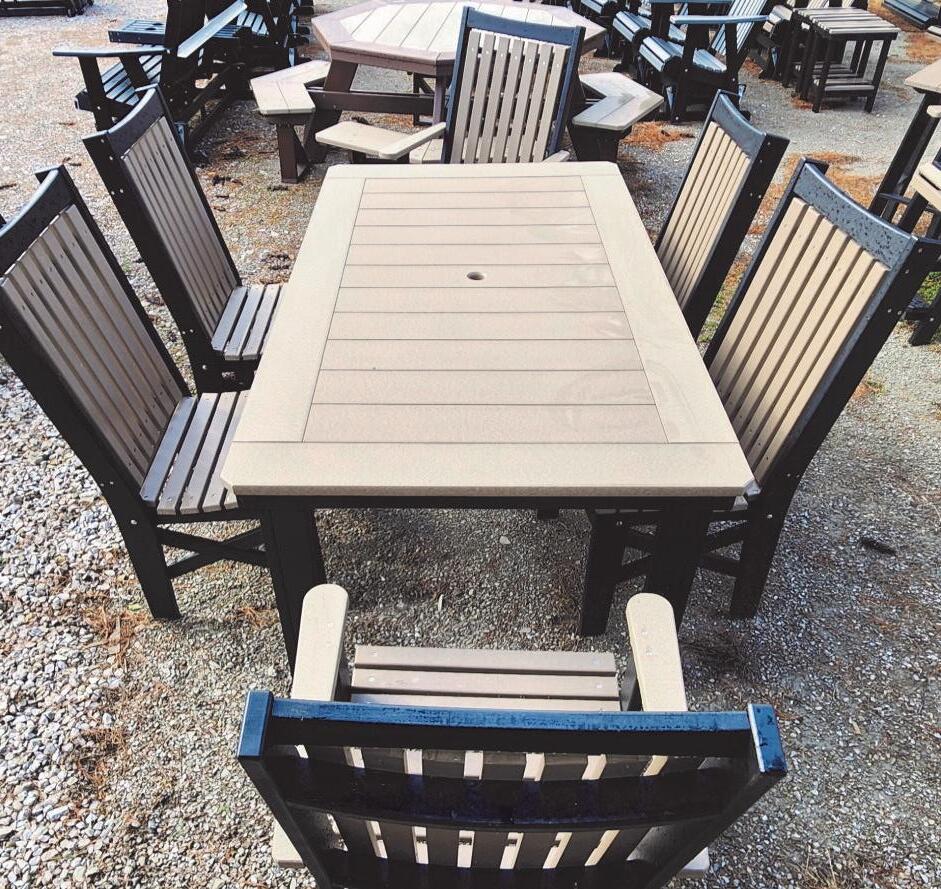



• He proved his theory by experimenting with the diets of prisoners and orphans. Those who received daily portions of meat, milk, and egg yolk never got sick, while those fed mostly carbs did. He could deliberately cause pellagra by withholding these items, and just as easily cure it. Long before vitamins were discovered, he was ridiculed for his theory.
• Goldberger went one step further. He deliberately tried to infect himself, his wife, and a selection of test subjects with pellagra by swabbing bodily fluids and secretions from sick people and transferring them to the healthy. Yet he was never able to find a germ that could pass the illness from one person to another. Eight years after Goldberger died, the B vitamin called niacin was isolated and named. (cont)

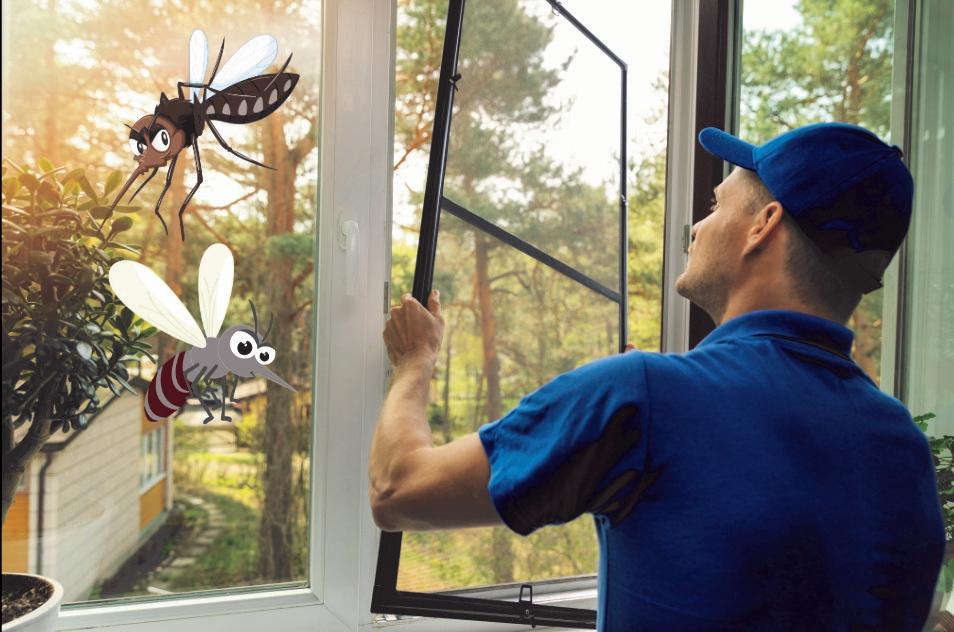













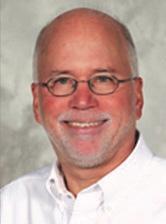
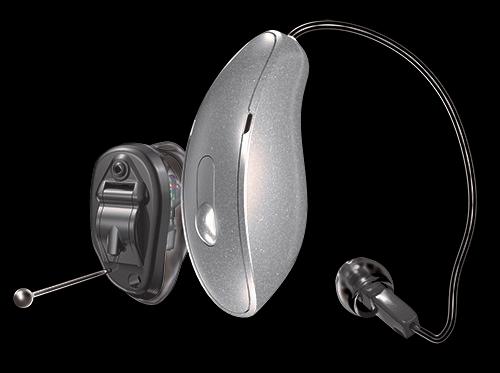








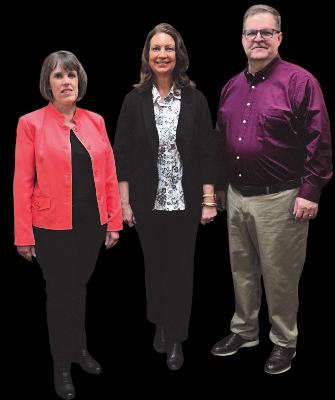





Of The Mid-Ohio Valley is Published & Distributed Weekly By: CindAl Publishing Company 812 55th St. Vienna, WV 26105
e-mail: alan@tidbitsmov.com
Advertising: 304.210.3812
We reserve the absolute right to accept, reject, discontinue or refuse any advertisement personal or commercial that we deem may not be conducive for our publication or Tidbits®. The publisher does not assume any responsibility for the claims of its advertisers. Tidbits® is committed to remain a family oriented publication. www.tidbitsmov.com
TOLD YASO (cont)
• Dr. Max Joseph Von Pettenkofer was a Bavarian chemist who was certain cholera was caused by being poor, dirty, and breathing bad air. He mocked doctors Robert Koch and John Snow, who insisted cholera was caused by bacteria spread through contaminated water. To prove his point, in 1892 he drank water teaming with cholera germs, certain he would not get sick. He came down with cholera, but recovered. John Snow later stopped a cholera epidemic by removing the pump handle to a contaminated well in London, proving cholera is spread through contaminated water.
• Many people thought Secretary of State William Seward was stupid to buy Alaska for $7.2 million in 1897, paying 2 cents an acre. This is equal to $129 million or 36 cents per acre today. The entire region was thought to be a wasteland. Even President Andrew Johnson, who supported the purchase, referred to it as his “polar bear garden.” Opinions started changing with the Klondike gold rush in 1896, followed by the discovery of other rich resources, including oil.
• Stanislav Petrov was on duty at the Soviet Air Defense Forces in 1983 when a nuclear early-warning system reported that 5 nukes had been launched at Russia from the U.S.. He was duty-bound to rush the news to the higher-ups so they could retaliate by returning the nuclear exchange. However, he hesitated. The system was brand new and subject to errors. He had been told that any nuclear war would start with a blitz, not just five. The bombs did not show up on his radar. He ignored the threat, heading off what could have become an all-out nuclear war. Although he was reprimanded for failing to follow protocol, an investigation later proved that he had been correct in his assumption that the erroneous report was due to a malfunction. (cont)

Tidbits is hiding In this issue of TidbitsMOV

When you find her, to enter the weekly contest, please send us a message including your name, POSTAL MAIL address, the issue number you are referring to and which AD is hosting Tammy for the week! Visit www.tidbitsmov.com or send the answer with the above information to alan@tidbitsmov.com OR you may send us a private message to our Facebook page - @TidbitsMOV. PLEASE do not post the answer directly to the page - that ruins the fun for everyone. All winners will be drawn randomly from correct responses and will be posted weekly. You are welcome to play every week, but you are only eligible for one winner per household per month.



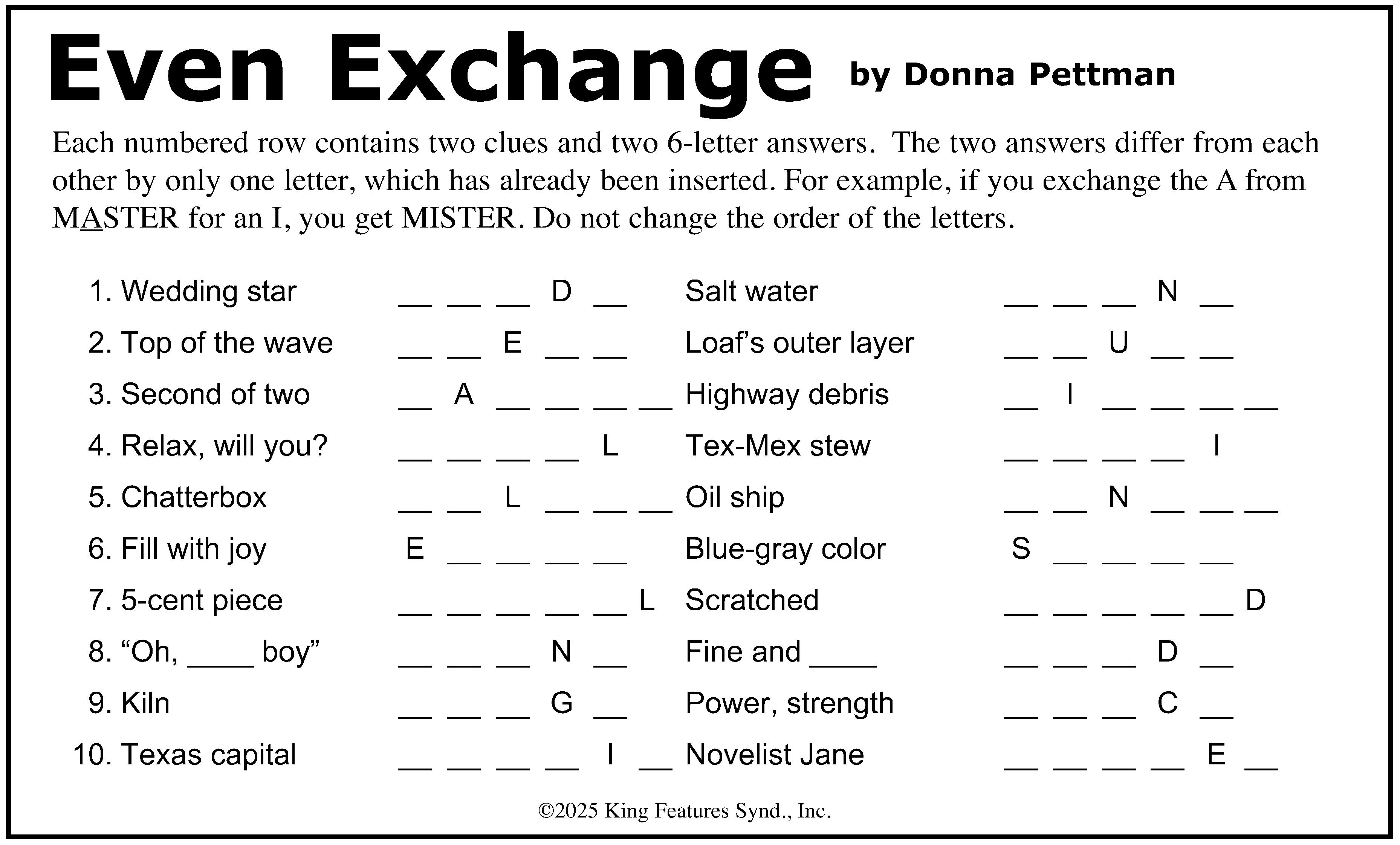



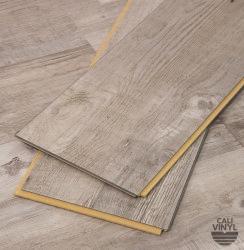


In 1902, Charles O'Connor committed suicide after being roundly ridiculed for “wasting” government money on a 329-mile long (530 km) pipeline, completed shortly after his death, which still carries water today in this country.
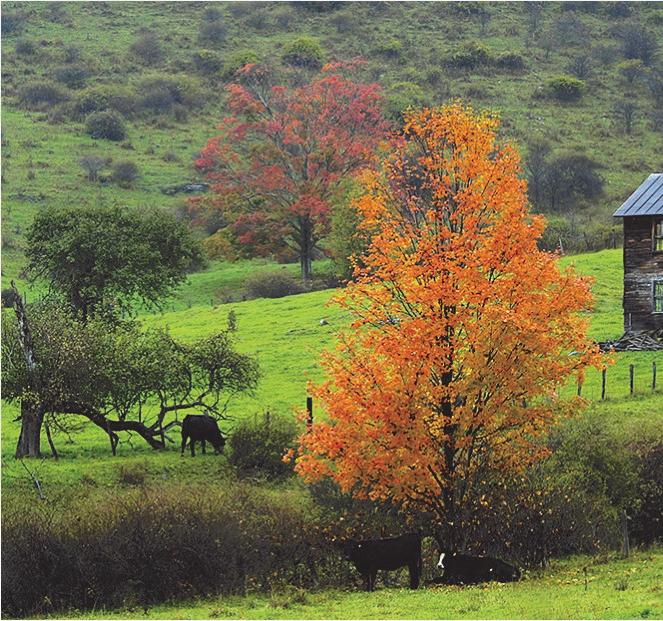


Tammy







TOLD YASO (cont)
• In 1960, Frances Kelsey was a pharmacologist serving as a medical reviewer at the U.S. Food and Drug Administration (FDA). When an application for a new drug called thalidomide crossed her desk, she refused to approve it, saying there had not been enough clinical trials to prove that the new drug was safe. The drug was being used widely in 20 other nations, routinely prescribed to pregnant women to control morning sickness and to help them sleep. The manufacturer insisted it was as safe as aspirin. Despite enormous pressure from the drug manufacturer and its representatives, Kelsey refused to rubber-stamp the drug. Her staunch refusal prevented the drug from being distributed throughout the U.S. Meanwhile, in the other nations where the drug was commonly prescribed, doctors reported a wave of deformed babies born with missing limbs due to the damaging side effects of thalidomide.
• Admiral Isoroku Yamamoto was the Imperial Japanese Navy Marshal Admiral and the Combined Fleet commander-in-chief during World War II. He was in charge of naval operations in the Pacific theater when his superiors informed him he would be heading up an attack on Pearl Harbor, Hawaii. He advised the Japanese high command against the move, saying they would “wake a sleeping giant.” He estimated that if the attack was successful, it would buy Japan only 18 months of superiority. His advice was ignored. Following Pearl Harbor, the Battle of Midway, generally regarded as the turning point of the war in the Pacific theater, was about 18 months after Pearl Harbor. Yamamoto lost face after this defeat. American forces shot down his plane on April 14, 1943, and he never lived to see his prediction of Japan’s defeat come true. (cont)








HAPPY PREDICTIONS (cont)
• Nikola Tesla, noted inventor, was quoted in “Colliers Magazine” back in 1926 with this prediction for the future: “We shall be able to communicate with one another instantly, irrespective of distance. Not only this, but through television and telephony we shall see and hear one another as perfectly as though we were face to face, despite intervening distances of thousands of miles; and the instruments through which we shall be able to do his will be amazingly simple compared with our present telephone. A man will be able to carry one in his vest pocket. We shall be able to witness and hear events the inauguration of a President, the playing of a world series game, the havoc of an earthquake or the terror of a battle just as though we were present.”


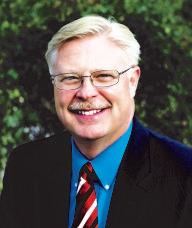
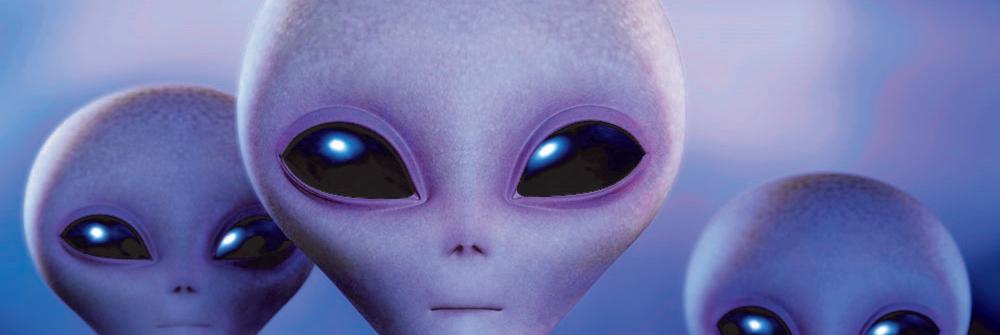
• Roger Ebert, noted movie reviewer, made this prediction for the future back in 1987: “We will have high-definition, wide-screen television sets and a push-button dialing system to order the movie you want at the time you want it. You’ll not go to a video store but instead order a movie on demand and then pay for it. Videocassette tapes as we know them now will be obsolete both for showing prerecorded movies and for recording movies. People will record films on 8mm and will play them back using laser-disk/CD technology. I also am very, very excited by the fact that before long, alternative films will penetrate the entire country. Today seventy-five percent of the gross from a typical art film in America comes from as few as six six different theaters in six different cities. Ninety percent of the American motionpicture marketplace never shows art films. With this revolution in delivery and distribution, anyone, in any size town or hamlet, will see the movies he or she wants to see.”


Batch Cooking Ground Beef
Your Slow Cooker's New Superpower
Imagine spending just a few minutes preparing ground beef, stepping away, then returning to find perfectly cooked, flavorful meat ready to use. Batch-cooking hamburger in a slow cooker saves time, money and sanity, giving you tender, ready-toseason beef without hours in the kitchen.
Skeptical? You're not alone. You might wonder, "It won't be browned will it taste good?" Trust me, you're in for a tasty surprise! The beef emerges juicy and fully cooked. If browning matters, simply crisp it quickly in a skillet before using. But honestly, once mixed into soups or casseroles, no one can tell it just tastes great and saves so much time. Try it once, and you'll wonder why you waited so long!
SLOW COOKER BATCHCOOKED GROUND BEEF
Yield: 12 cups
Total Time: 3 to 5 hours (mostly unattended)
5 lbs ground beef (85% lean /15% fat)
1 cup beef broth or water
1 tablespoon kosher salt
1 teaspoon ground black pepper
1 tablespoon granulated garlic
2 tablespoons dried minced onion
Place ground beef in slow cooker, breaking into chunks. Pour broth or water over meat, sprinkle evenly with salt, pepper and seasonings. You can adjust the seasoning later when using the beef in specific recipes to suit your taste preferences. Cover; cook on high 2 1/2 to 3 hours or on
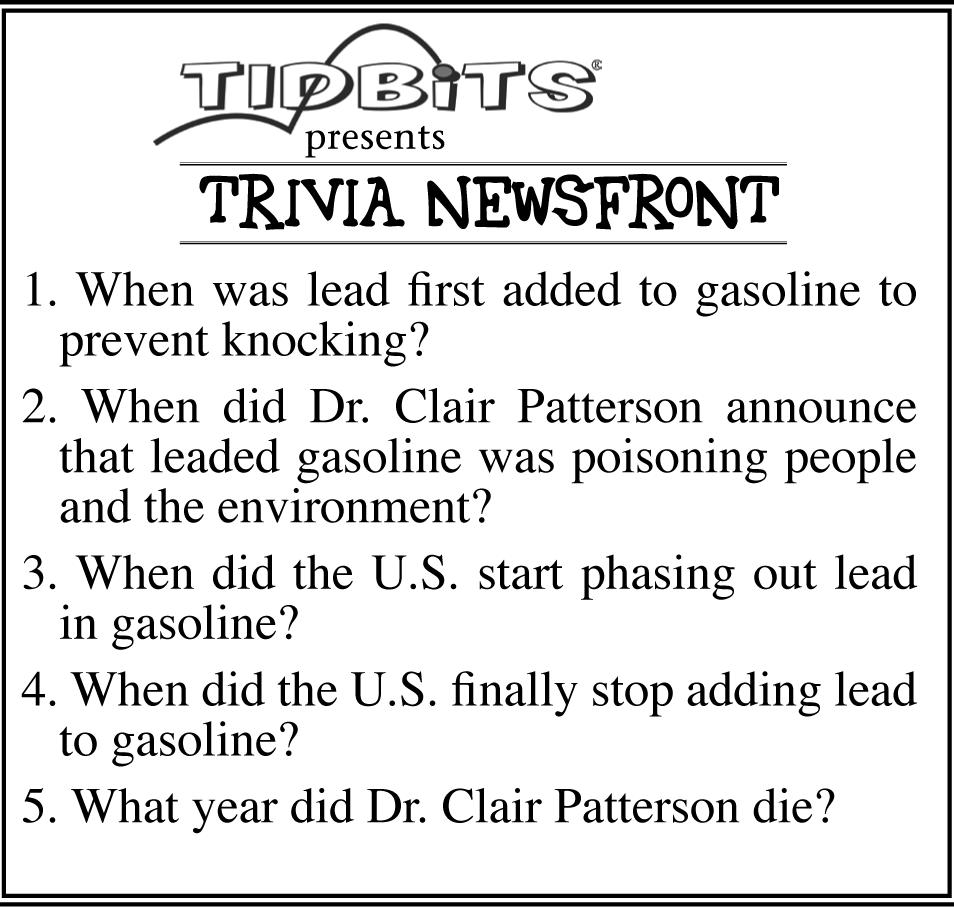
low 4 to 5 hours. Once cooked through, carefully drain excess fat and liquid. Break meat into crumbles. Cool before portioning into airtight containers or freezer bags. Refrigerate for up to 3 days or freeze for up to 3 months. Now that you've got all this delicious, precooked beef, you might be wondering what tasty meals can I create with it? Here are some easy, crowd-pleasing recipes to get you started.
SPAGHETTI WITH QUICK MEAT SAUCE
Yield: 4 servings
Total Time: 20 minutes
12 ounces spaghetti
1 tablespoon olive oil
1 cup onion, chopped
2 cloves garlic, minced
8 ounces mushrooms, sliced, optional
2 cups cooked ground beef
2 teaspoons Italian seasoning
Salt and pepper, to taste
1 jar (24 ounce) marinara sauce
Grated Parmesan cheese, for garnish Cook spaghetti according to package directions; drain and set aside. In a large skillet, heat olive oil over medium heat. Saute onion for 3 minutes, add garlic and cook until fragrant, about 1 minute. Saute mushrooms with the onion mixture. Add cooked ground beef to the skillet; heat through. Season with salt and pepper and Italian seasoning. Pour in marinara sauce; stir to combine. Simmer for 5 minutes. Toss the cooked spaghetti with the meat sauce. Serve topped with Parmesan cheese.
MEXICAN BEEF AND RICE CASSEROLE
Yield: 4 servings
Total Time: 25 minutes
2 cups cooked ground beef
3 cups cooked rice
1 can (15 ounce) black beans, drained and rinsed
1 cup salsa
1 cup shredded cheddar cheese
1 tablespoon chili powder
1 teaspoon cumin
Salt and pepper, to taste
Sour cream and chopped cilantro, for garnish
Preheat oven to 350 F (175 C). In a large bowl, combine ground beef, rice, black beans, salsa, chili powder, cumin, salt and pepper. Transfer mixture to a greased 9-x-13-inch baking dish. Sprinkle cheese on top. Bake for 20 minutes, until cheese is melted and bubbly. Serve with sour cream and chopped cilantro.
What else can you make? Use precooked beef in tacos, sloppy Joes, chili, pizza toppings, quesadillas or hearty salads. Quick meals just became effortless! Enjoy your extra free time. Until next time keep it fabulous, keep it frugal and savor every bite ***
Lifestyle expert Patti Diamond is the pennypinching, party-planning, recipe developer and content creator of the website Divas On A Dime Where Frugal, Meets Fabulous! Visit Patti at www.divasonadime.com and join the conversation on Facebook at DivasOnADimeDotCom. Email Patti at divapatti@divasonadime.com (c) 2025 King Features Synd., Inc.
Delicious pasta sauce comes together quickly with batch-cooked beef.
PHOTO CREDIT: www.JasonCoblentz.com
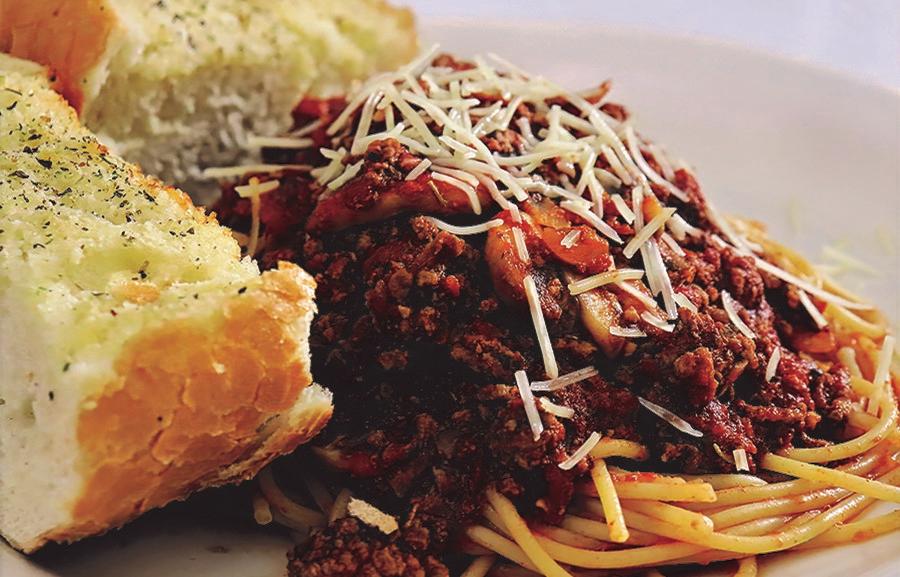


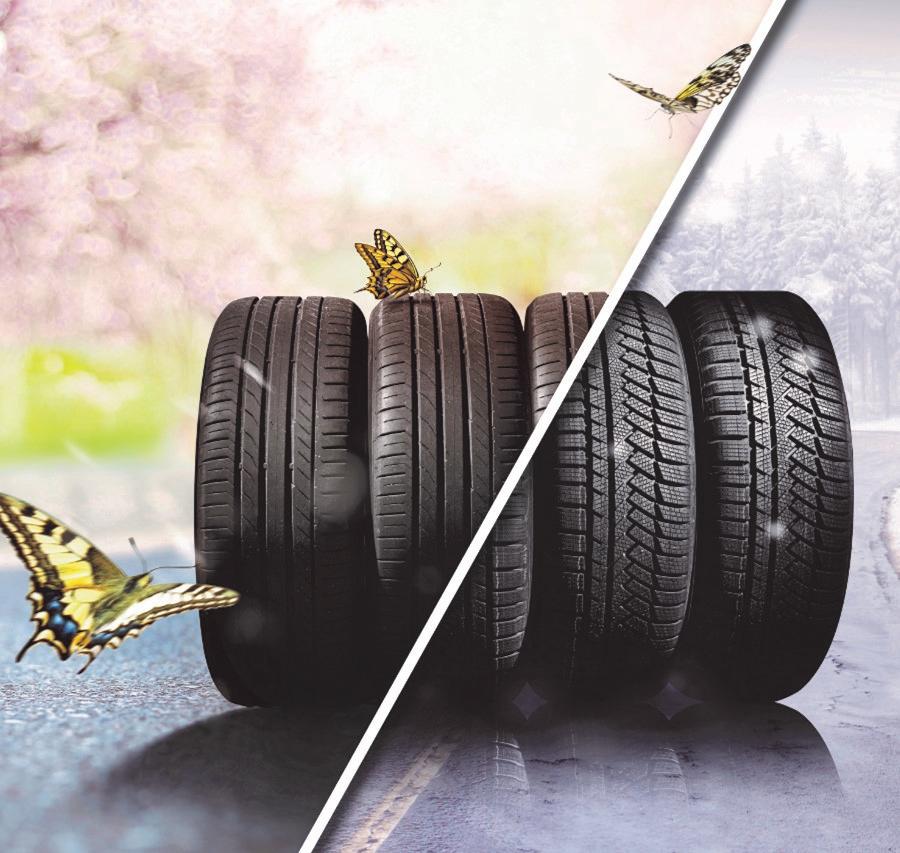

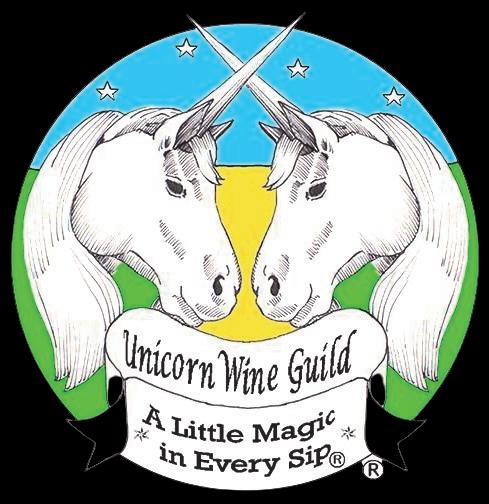






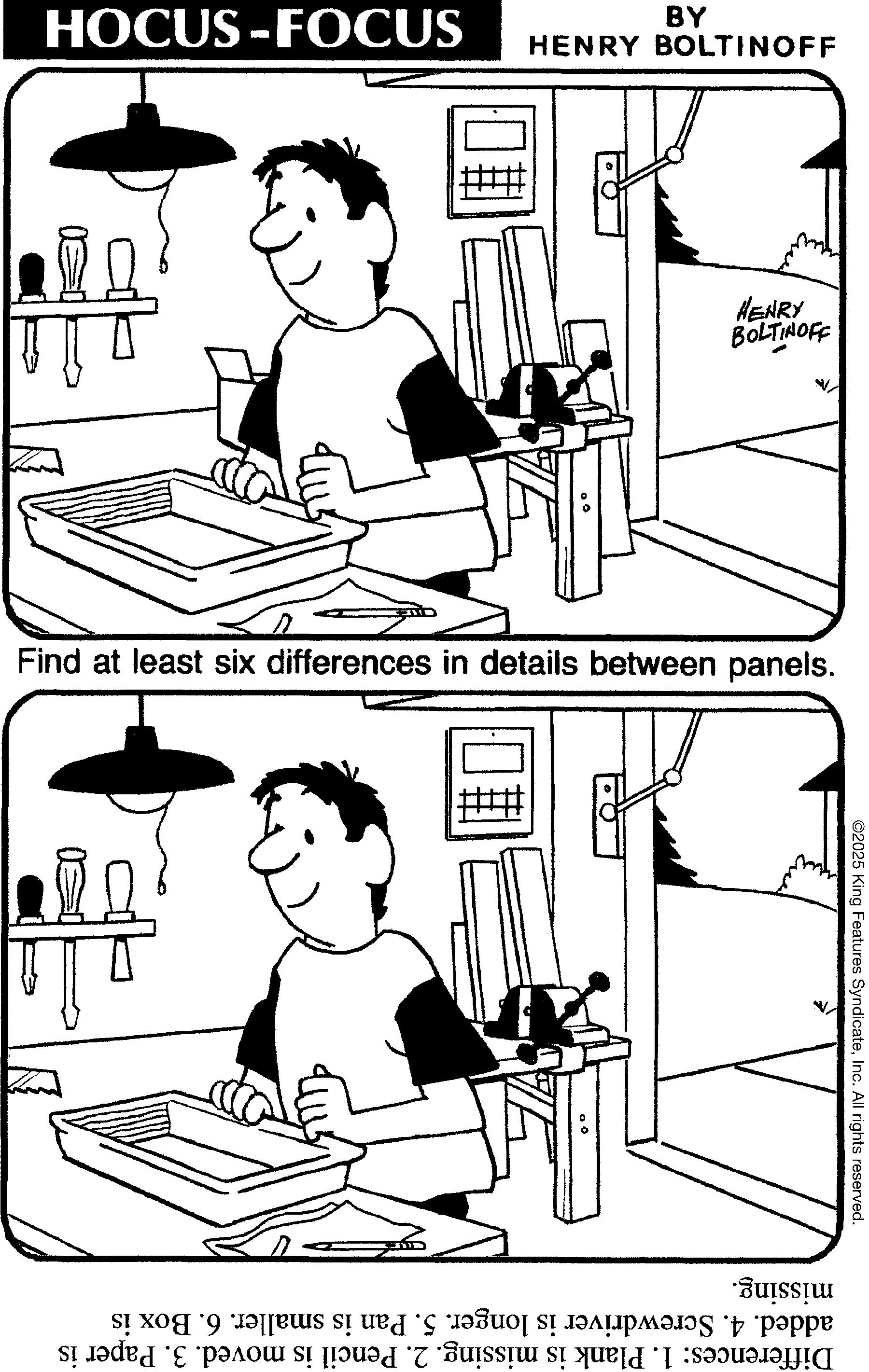
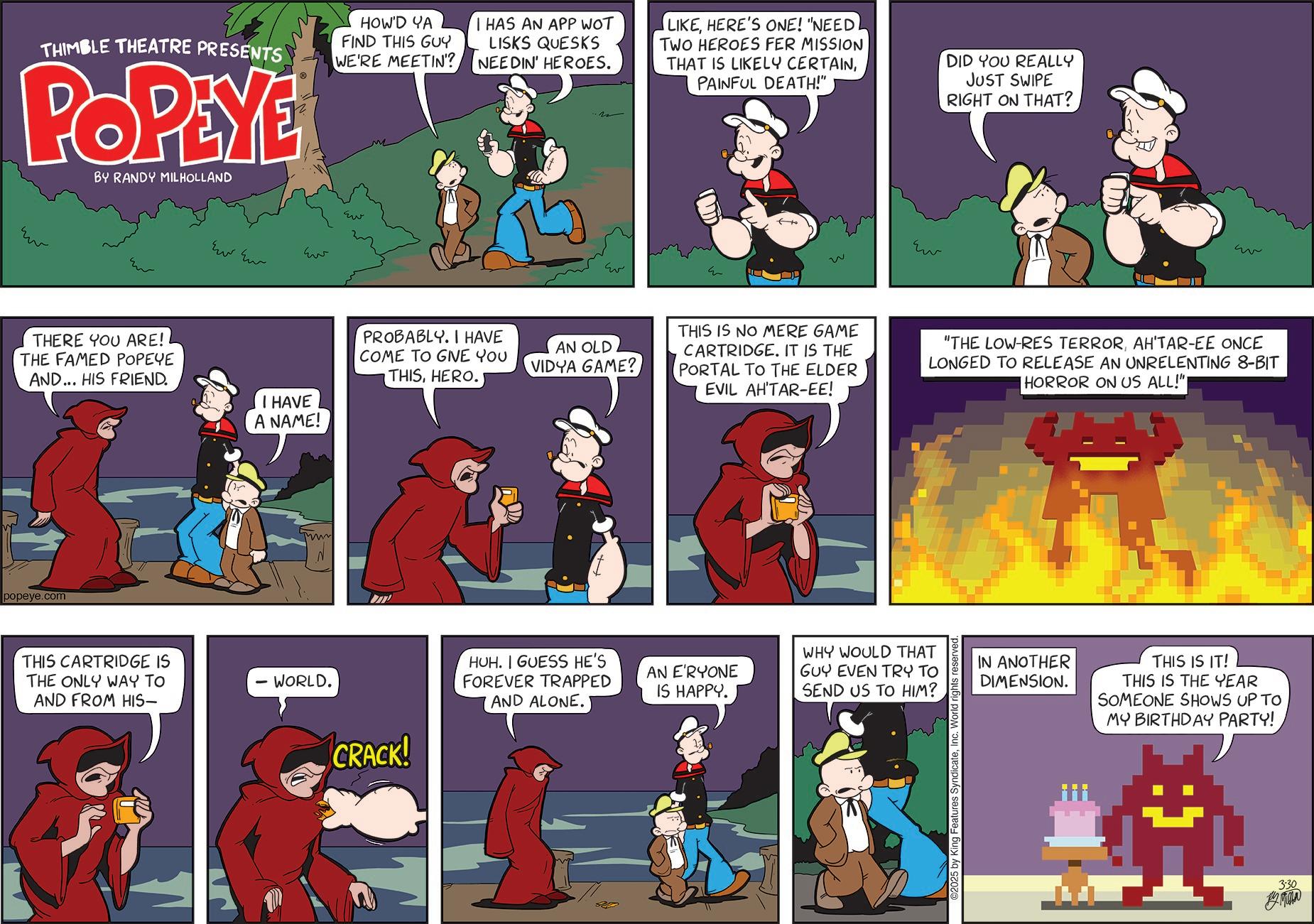

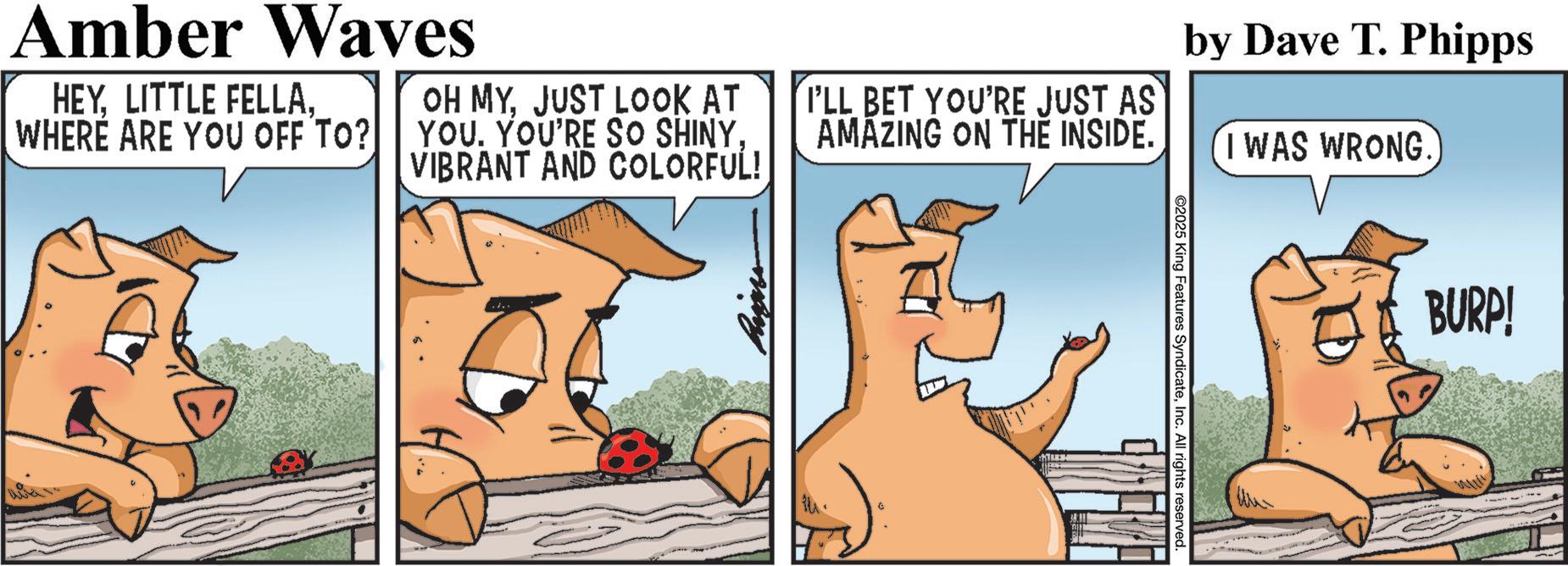






GEOGRAPHY FACTS
• Russia is the world’s largest country. However, if Siberia withdrew from Russia and became its own country, Siberia would be the largest country in the world. Siberia accounts for 77% of the land mass of Russia. It’s equal in size to Canada and Greenland combined. Canada is the world’s 2nd-largest country.
• Canada is known for having the greatest number of lakes in the world. There are an estimated 31,752 lakes in Canada that are larger than a square mile in surface area, and about 2 million if lakes of all sizes are counted. A massive 9% of Canada’s surface is covered in lakes. Over 50% of the world’s natural lakes are in Canada.
• Canada also has the longest coastline globally, stretching 151,019 miles. (243,042 km)
• What country has the greatest number of islands? Sweden with over 200,000 followed by Norway and Finland. Canada comes in 4th, and Indonesia 5th, with only 17,000.
• The lowest temperature ever recorded in the U.S. was in Alaska at -80°F (-62°C) on Jan. 23, 1971, in Prospect Creek in central Alaska, north of Fairbanks. The highest temperature ever recorded in the U.S. was 134°F (56.7°C) in Death Valley, California, on July 10, 1913. This temperature is also the highest reliably measured temperature on Earth.
• Hawaii is the only state that has never seen a sub-zero temperature. The lowest temperature ever recorded there was 12°F (-11°C).
• Nauru, an island nation in Micronesia, is one of the smallest countries in the world after Vatican City and Monaco. It is six times the size of Central Park in New York City and has a population of about 11,000.
• Least forested country? Oman, in the Middle East, with 0.01% of its land mass covered with trees. The most forested is Suriname, on the Atlantic coast of South America just north of Brazil, which is 97.3% forested.
(Continued page #7) parmarstores.com/careers
Don’t Look now, but your Tidbits are showing!!

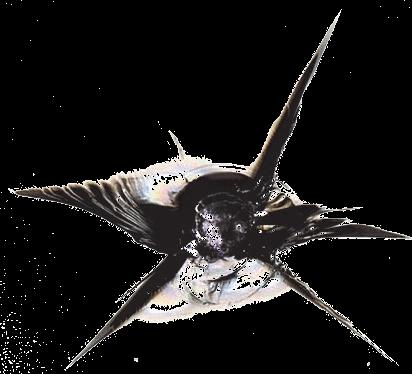






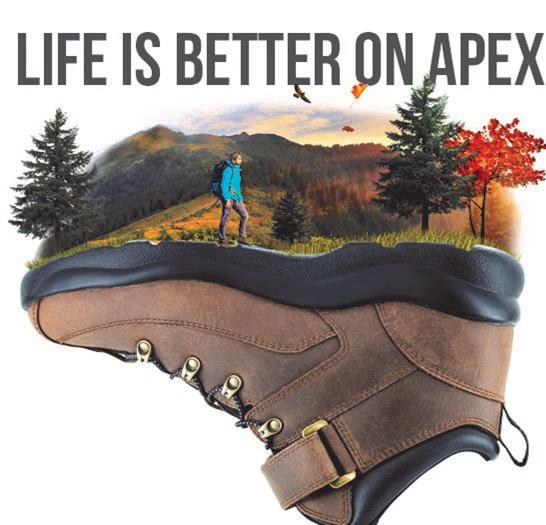
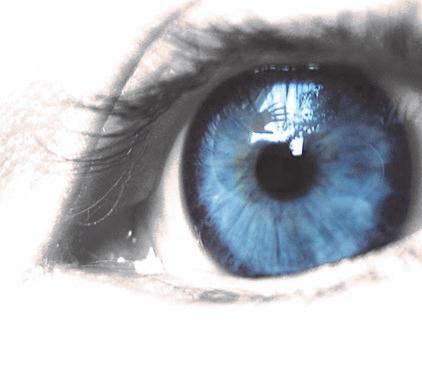





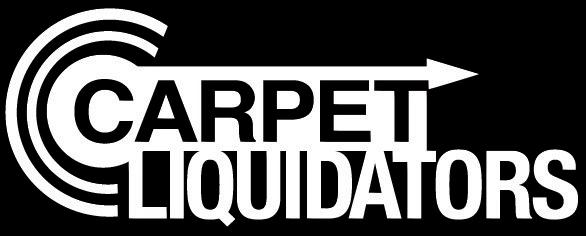




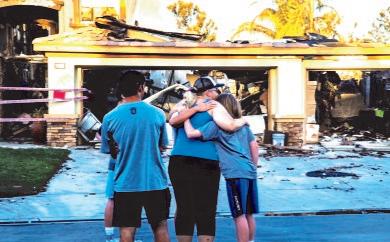







Senior needs help getting cats prepared for flea season
DEAR PAW'S CORNER: The weather is getting warmer, and that means the flea invasion of my apartment will soon begin. I have two cats, and they suffer mightily through the summer as do I, with my legs covered in flea bites. I'm in my 70s and can't give my catsfleabaths. HowcanIgetfleasundercontrol? JimG. inAcworth,Georgia
DEAR JIM: Yep! As the weather warms, especially in the southern states, the onslaught of fleas begins. Treating your pets for fleas before their eggs begin to hatch is especially important right now.
If you have issues that keep you from beginning flea treatment whether giving a monthly bath using a pet-safe shampoo, placing a flea collar, or applying a monthly topical flea treatment please ask for help. There are resources in your community. Call your area senior center (for you, that's Cobb County, Georgia: www.cobbcounty.org/senior-services) and explain your dilemma; they can connect you with resources. You can also call your cats' veterinarian and explain the situation; they can talk with you about solutions such as getting a trusted friend or family member to help.
Preventing fleas also requires treating or eliminating places where they can hide. Fleas love carpet; they'll lay eggs in it, beginning the infestation cycle anew. Vacuum carpets weekly. If you have hardwood or laminate floors, run a dust mop as frequently as possible. Take up area rugs and have them cleaned. You may qualify for homemaker services these invaluable people handle light household chores like vacuuming, trash and laundry.
You have to make your apartment a hostile environment for fleas one they'll struggle to live in. To do that, you've got to enlist every organization that can help.
A new edition of "Fighting Fleas" is coming, and 10 lucky readers will get a free, signed copy! To enter, email ask@pawscorner.com.
Send your tips, comments or questions to ask@pawscorner.com.
(c) 2025 King Features Synd., Inc.





GEOGRAPHY (cont)
• The largest lake in the world is the Caspian Sea in Western Europe, which is four times larger than the second largest lake, Lake Superior. The difference between a lake and a sea is that a lake does not have a direct outlet to the ocean.
• About 87% of the world’s population lives in the Northern Hemisphere, mainly because there’s far more land mass in the north. The Northern Hemisphere includes North America and Central America, Europe and Asia, the north half of Africa, and the top of South America. The only continents entirely in the Southern Hemisphere are Australia and Antarctica, both sparsely populated.
• The country of South Africa has 3 capitals.








• Out of the nearly 200 countries in the world, the 25 countries with the lowest life expectancy are all clustered on the African continent. Of those, Nigeria has the world’s lowest life expectancy with 54.64 years. Outside of Africa, Haiti has the worst life expectancy with 65.12
• At the top of the life expectancy list is Japan, with an average life expectancy of 84.85 years. The U.S. comes in at #48 at 79.46 years, right behind Albania and Panama, but just above Estonia.
• About 3% of the entire population of the 54 countries on the African continent are over the age of 65. Of the 44 European countries, 18% of their population is over age 65.
• Richest country in the world per capita? Luxembourg (bordering France). Poorest? Burundi (central Africa).
• If the world’s entire monetary value were distributed equally among every resident in every country, each person would have about $12,000.
• The most peaceful country in the world, regarding number of conflicts it has participated in, is Iceland.
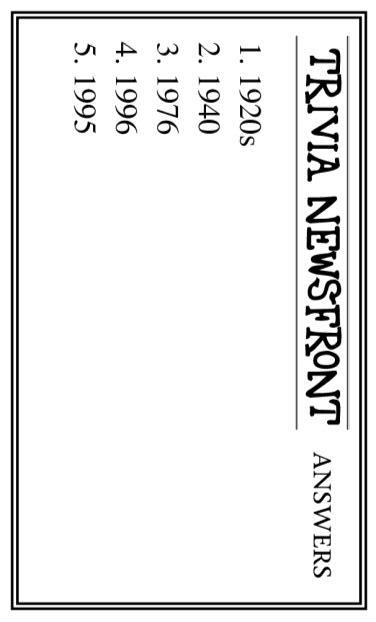
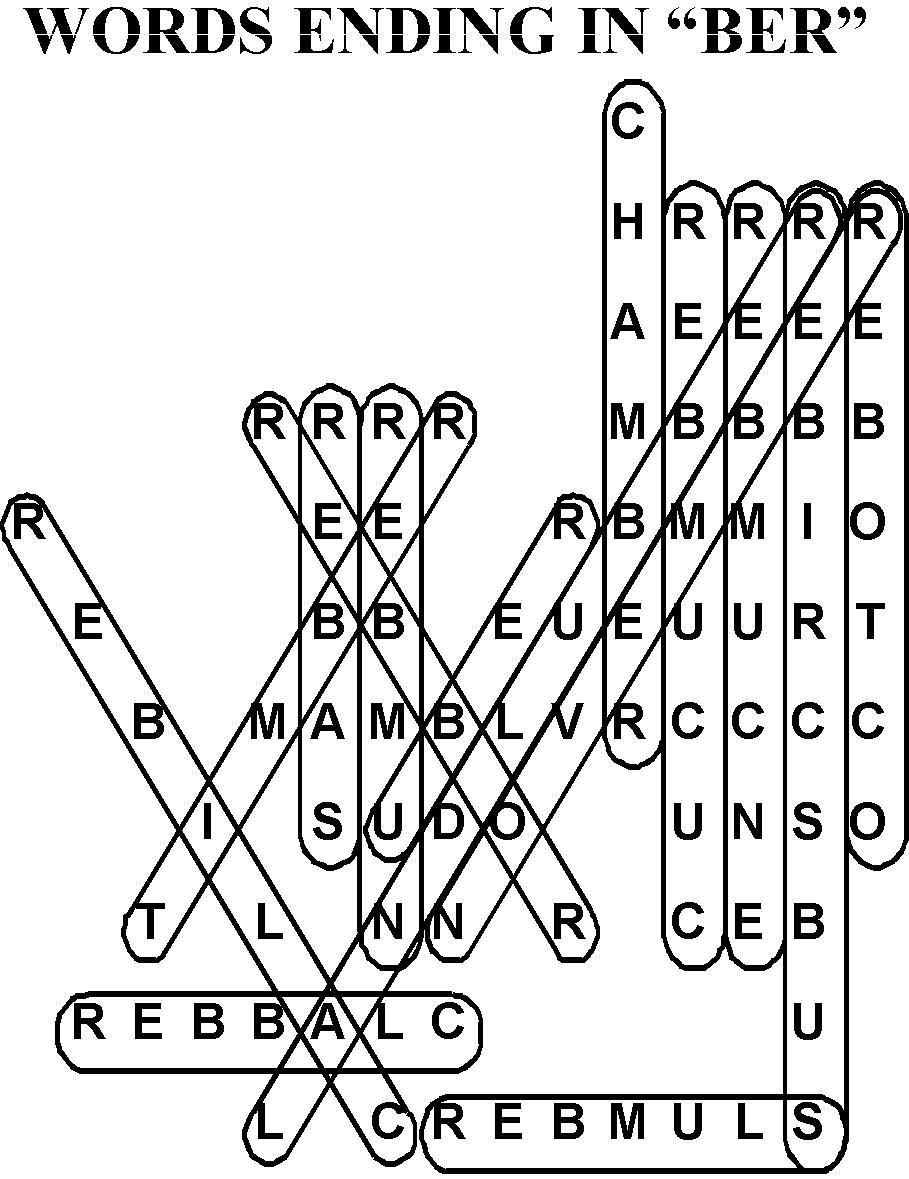
* A garden manicure is what my mother calls it: When working with plants and dirt, rake your nails across a bar of soap. The soap prevents dirt particles from lodging under nails, and the soap washes away easily when you are finished. Happy gardening!
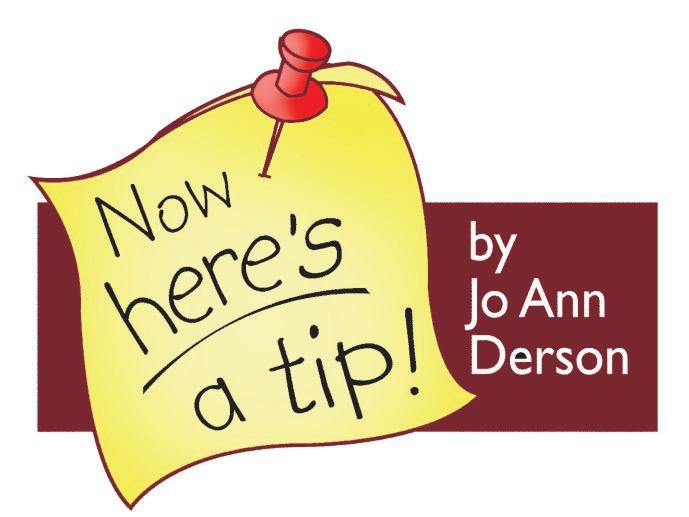
* If the string on your trimmer is always breaking or jamming, try this old trick: Give the coiled string a spray with vegetable oil before you thread it. It lubricates the line, making it less likely to pull and less likely to break.
* "If you have a spade with a long handle, you can transfer common measurements to the handle. Just lay a tape measure alongside the handle, and use a black marker to note common spacing, like feet and inches. Then, when you put in plants, you can check quickly whether they are spaced correctly. Very handy!" P.E. in Arkansas
* Boiling potatoes? Plants love starch. Let your cooking water cool, then use it to water

Go ahead, embarrass yourself...Show our advertisers your Tidbits☻
the plants in your garden.
* Here's a recipe for a quickie bird feeder or bath: Flip over a nice-size flower pot, and place the pot's tray on the top. Fill with seed or water. The birds will thank you maybe even by eating some nuisance bugs along with the seed.
* "Garden tool storage doesn't have to be hard. Fill a wide-mouth bucket with clean sand. Add a half quart of motor oil and stir. Then use the sand to clean and store your garden tools like shovels, rakes or hoes. The sand/oil mixture helps clean the metal surfaces, and the heaviness of the container lets you stick them in the sand without fear of everything falling down, like it would if you leaned them along a wall." E. in North Carolina
Send your tips to Now Here's a Tip, 628 Virginia Drive, Orlando, FL 32803.
(c) 2025 King Features Synd., Inc.
